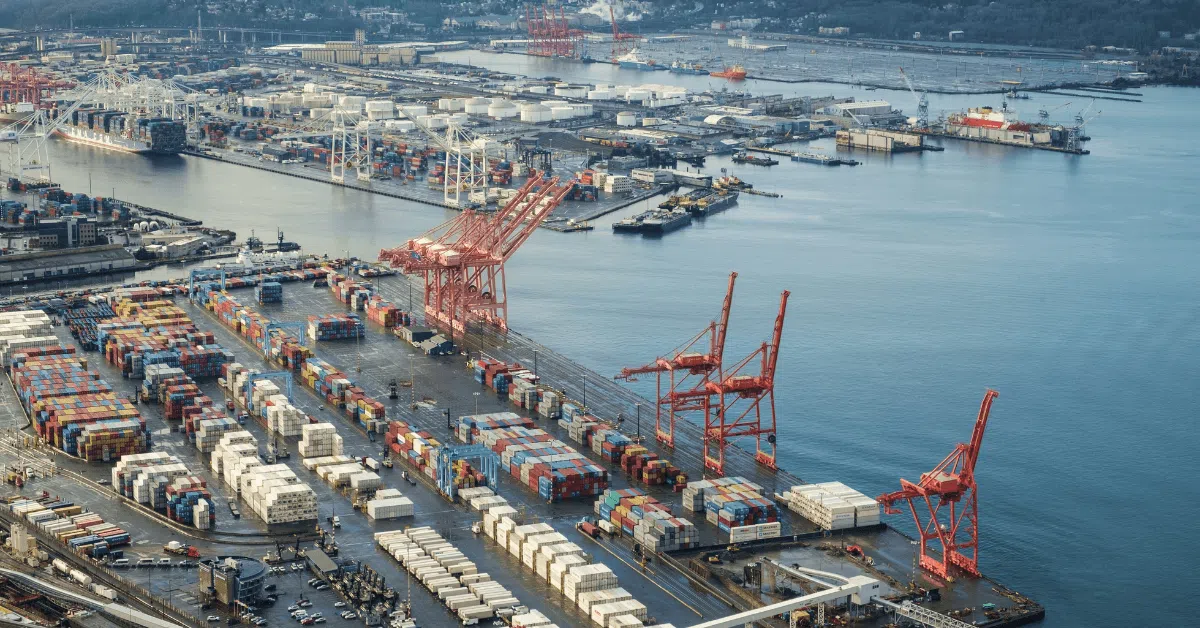The $165 million expansion of DP World’s container terminal at the Port of Maputo officially started on site today. Mozambique’s Minister of Transport and Logistics, the Honourable João Jorge Matlomb, was guest of honor at the ground-breaking event.
The expansion of the container terminal at the Port of Maputo is part of a long-term strategy to meet global trade demands, create thousands of new jobs and contribute to Mozambique’s economic growth. The project will enhance capabilities of the port, positioning Maputo as a trade and logistics hub for Southern Africa and opening a gateway for larger container ships.
The port will be equipped with the latest technology and infrastructure to boost operational capacity and efficiency, with the terminal yard and quay undergoing a complete revamp and modernization. Yard capacity will increase by 6.48 hectares, doubling throughput from 255 000 TEUs to 530 000 TEUs, while the total quay length will be extended to 650 meters and the berth deepened to 16 meters.
To manage larger container volumes and a diverse range of commodities, new equipment will be introduced, including three ship-to-shore (STS) cranes capable of handling post-Panamax ships and an expanded fleet of rubber-tyred gantry (RTG) cranes, complementing the existing mobile harbor crane (MHC) fleet. Reefer container capacity will increase to over 700 plugs, supporting the growth of agricultural exports.
Considerable technological enhancements will usher in a new era of fully automated and predictable operations, including the automation of gate facilities using optical character recognition technology which will streamline container number, condition and client identification processes, thereby cutting transaction times and minimizing liabilities. In addition, the terminal operation system (TOS) will be enhanced, a robust vehicle booking system (VBS) will be implemented, and the port’s client community system (CCS) will be digitized for better connectivity with shipping lines, customs, and banks.
The project also prioritizes the welfare of the workforce with new facilities to accommodate additional personnel, ensuring their wellbeing and the availability of a skilled labour force. Enhanced security measures, including broader live monitoring and advanced CCTV technologies, will improve operational safety.






